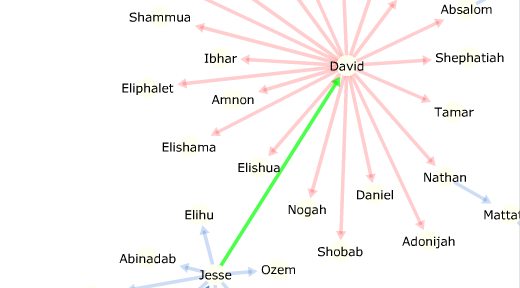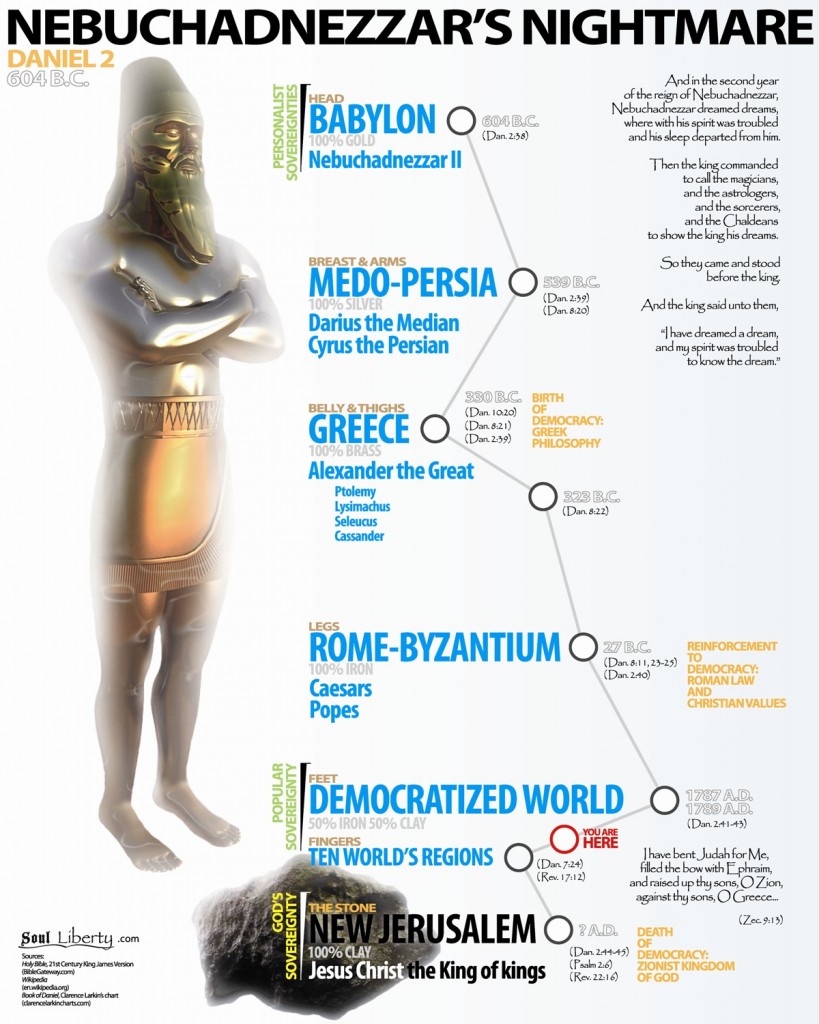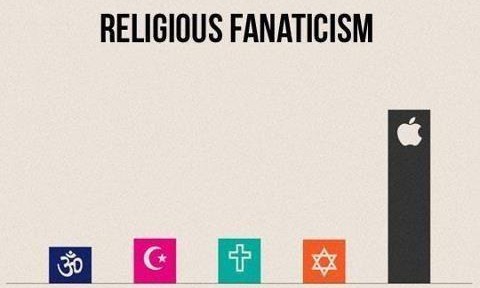
I can recall two experiences, both of which occurred in a single afternoon, which taught me more about handling tough situations than anything else I remember. It was during an Air Force training exercise in Japan. The scenario was to repair a damaged runway so (make-believe) fighter jets could land. My job was to keep track of what was happening and give updates to our commander while being interrupted by threats of chemical attacks, insurgent strikes, and whatever else the training group could invent to make things more difficult.
For one of my half-hourly updates, I changed the completion time estimate by a large margin. Our commander immediately called to chew me out for being inconsistent, wishy-washy. How could he trust my promise if I didn’t even trust myself? A lot of pretend dollars and missions were at stake. If we were off by even 30 seconds, the fictitious planes couldn’t land and we would fail the training exercise. It was the only time other than at the Air Force Academy I was severely scolded by a superior officer. Lesson learned: consistency builds trust.
Later in the afternoon, things got more intense. We had planes that needed to land within the hour – damaged, low on fuel – either they were going to land safely or crash when they hit an incomplete or sub-par repair. The commander called me again: “Can we land these planes in time?” In this scenario, the fighters were expected to arrive within a minute or two of my estimate. We had no room for error. None. I told him yes, we’ll get it done. After I hung up the phone, the highest-ranking sergeant muttered: “That’s balls.”
The well-seasoned folks within earshot had done this many times before. I was barely 22 years old. They knew the consequences we’d face if I was wrong. Our ability to get this right in training reflected our ability to get it right for real on our upcoming deployment to Iraq. They also knew how much work was left. If we hadn’t compacted the soil enough, gotten it smooth enough, secured the matting well enough…bad things could happen. If my “yes” turned out to be wrong, that earlier rebuke from the commander wouldn’t be the one I remembered. The next one would be far worse.
I didn’t say we could do it because I was a cocky Academy grad (which I was back then). I didn’t say it because I was scared of telling my boss “no.” I did it because I knew the guys out there could hustle and do it right the first time, on time. I trusted their experience, ability, and motivation. I was right. They got it done. The planes landed (on paper) as scheduled and the practice repair met all standards. The guys I was with that day treated me a little differently from then on. Lesson two: confidence earns respect.
These are very basic things you learn in Leadership 101. I am reminded of those lessons often as I see more and more failures of leadership in our country. It may be a President voicing inconsistent foreign policy, a corporate executive who won’t make a decision for fear of personal ruin, or a father sitting on the couch while his family is in spiritual decline. Yet, hope remains for a better day.
I have confidence that our trials are temporary because I believe in a God who is eternally consistent. He keeps his promises. He is worthy not just of respect but of worship. He has more than earned trust; his character demands complete faith.
This is the perspective I hope to keep in focus as our sin-cursed world “groans and travails” in ever-increasing frequency (Rom 8:22) until God fulfills his promise to restore creation to its original perfection (Rev 21-22). Remember that when you see wars breaking out in the Middle east, corrupt executives shoved into federal prison, or endure the daily struggles of a dysfunctional family. Man’s leadership often fails. God’s lordship never will.

















